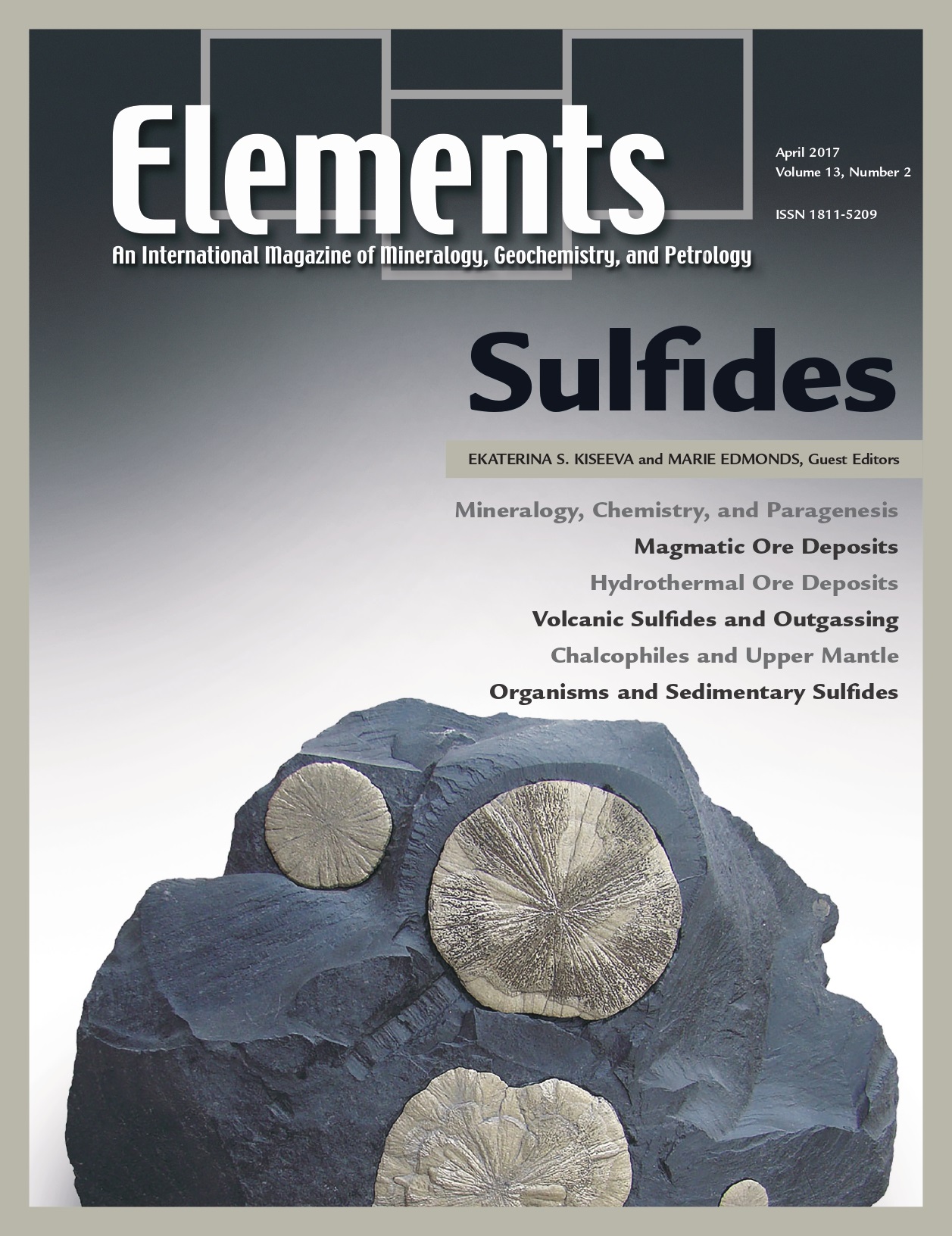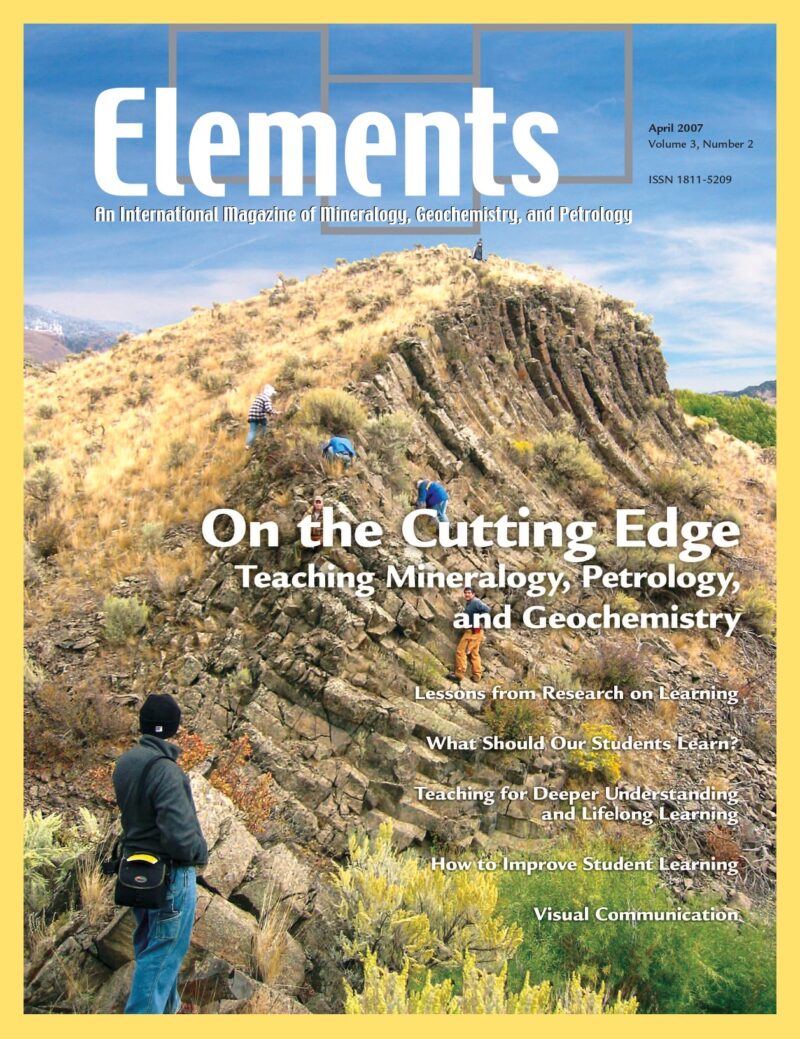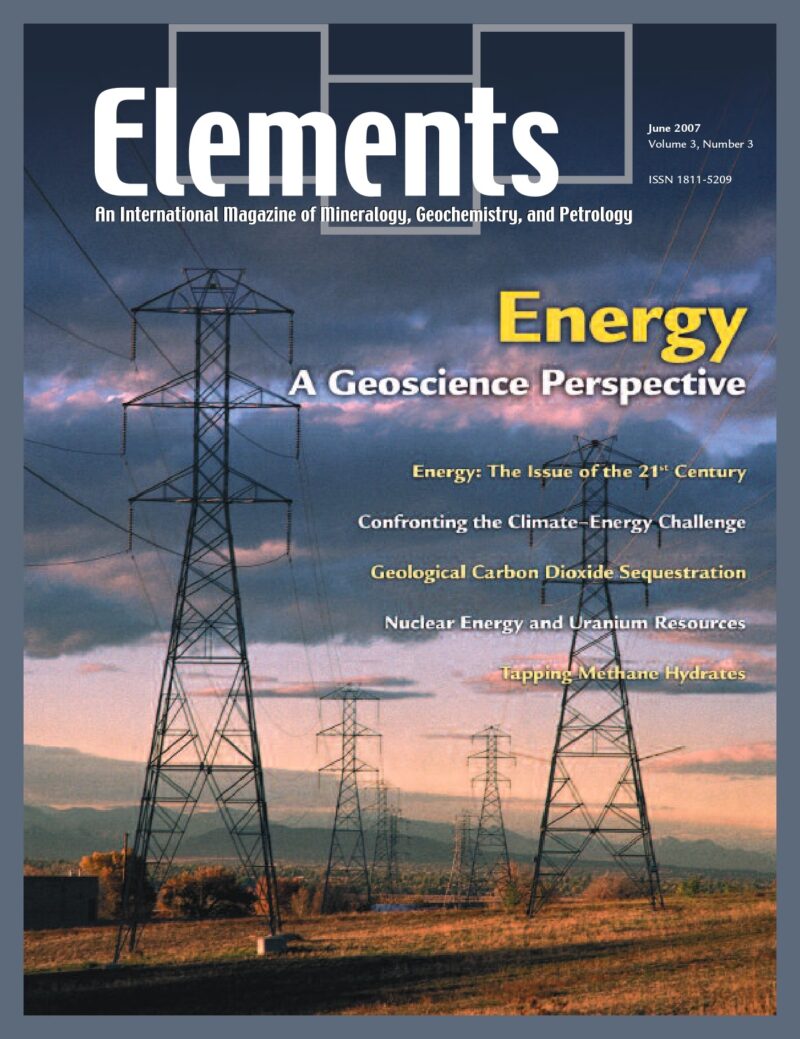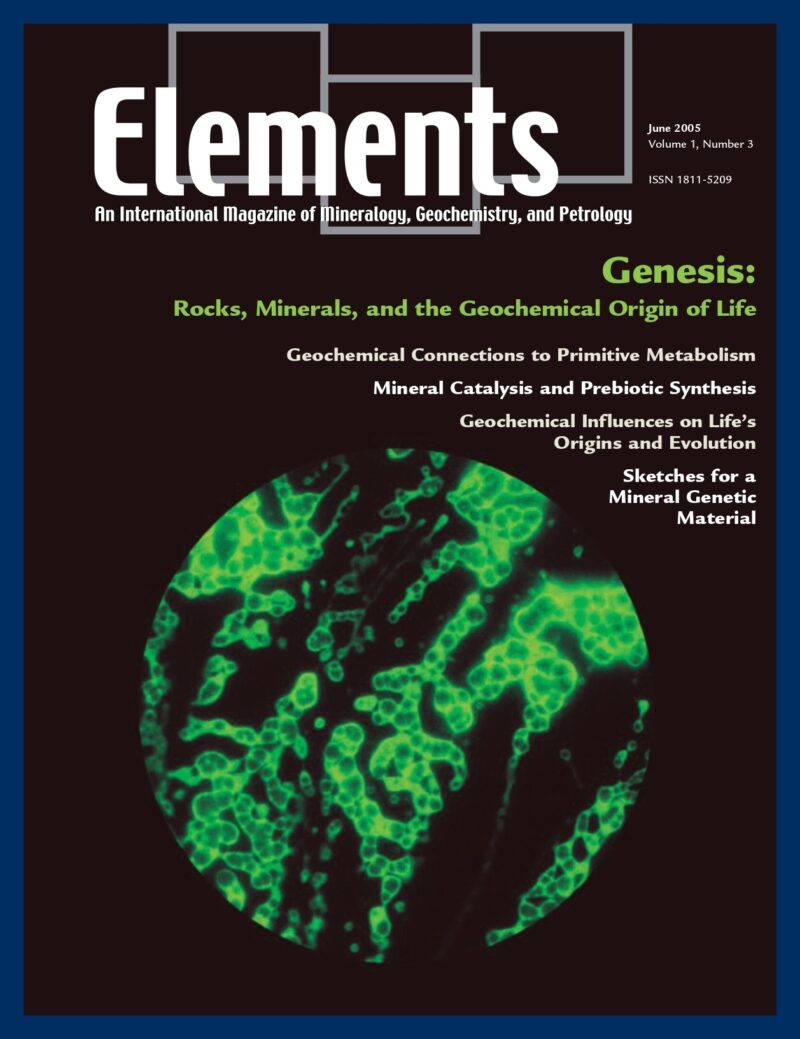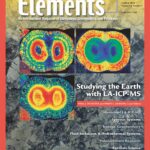
Studying The Earth Using La-ICPMS, October 2016, Vol. 12, No. 5
June 28, 2024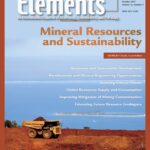
Mineral Resources And Sustainable Development, October 2017, Vol. 13, No. 5
June 28, 2024Sulphides, April 2017, Vol. 13, No. 2
$20.00
Despite the bulk silicate Earth only containing 250 parts per million of sulphur, sulphide minerals and liquids have a powerful impact on the behaviour and fractionation of a wide range of elements in the Earth’s crust and underlying mantle. According to the V.
Sulphides
April 2017, Vol. 13, No. 2
Despite the bulk silicate Earth only containing 250 parts per million of sulphur, sulphide minerals and liquids have a powerful impact on the behaviour and fractionation of a wide range of elements in the Earth’s crust and underlying mantle. According to the V. M. Goldschmidt classification, in the periodic table there are 18 chalcophile elements that have affinity for sulphur and form sulphides. Besides the chalcophile elements, a large number of siderophile elements are also found in nature in association with sulphides. This issue focuses on the broad topics of magmatic and volcanogenic sulphide deposits, the behaviour of sulphides during mantle melting and volcanism, and the mineralogy of sulphides and sedimentary sulphides and their role in the early development of the biosphere.
Why You’ll Love Elements Magazine:
- Expert Contributors: Articles written by renowned researchers in the field of geoscience.
- Engaging Content: Join a community of readers who are passionate about Elements.
- Exceptional Quality: Each issue is printed on high-quality paper with stunning visuals and detailed illustrations that bring complex scientific concepts to life.
Order your copy of the April 2017 issue of Elements magazine today and explore sulphides.
Related products
-
On The Cutting Edge: Teaching Mineralogy, Petrology, And Geochemistry, April 2007, Vol. 3, No. 2
$20.00New advances in research on learning have important implications for teaching mineralogy, petrology, and geochemistry. Effective instructional practices are increasingly student centered, address diverse student learning styles, and employ a variety of active-learning strategies.
-
Energy: A Geoscience Perspective, June 2007, Vol. 3, No. 3
$20.00The issue of energy resources in the future may be one of the most important in the 21st century. Future climate change and the ways to abate it while still supplying needed energy will impact future political relations, world economics, human health, and the environment.
-
Genesis: Rocks, Minerals, And The Geochemical Origin Of Life, June 2005, Vol. 1, No. 3
$20.00Few scientific questions so capture the public imagination, or provoke such lively debate, as how life on Earth emerged. In this issue of Elements, four of the most creative minds in origins research present their original insights on the geochemical origins of life.

